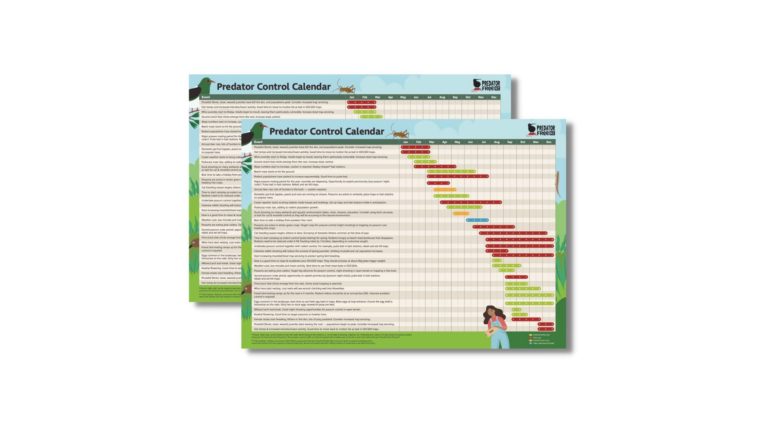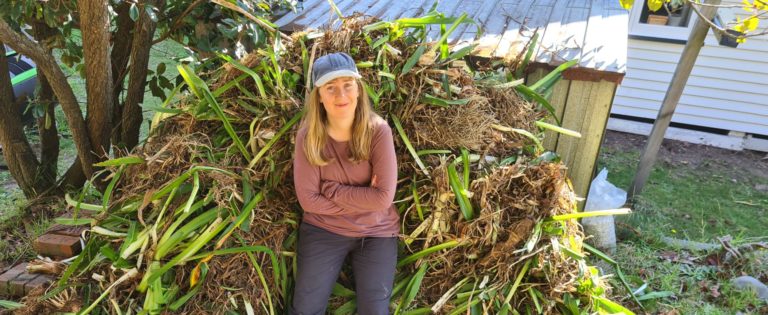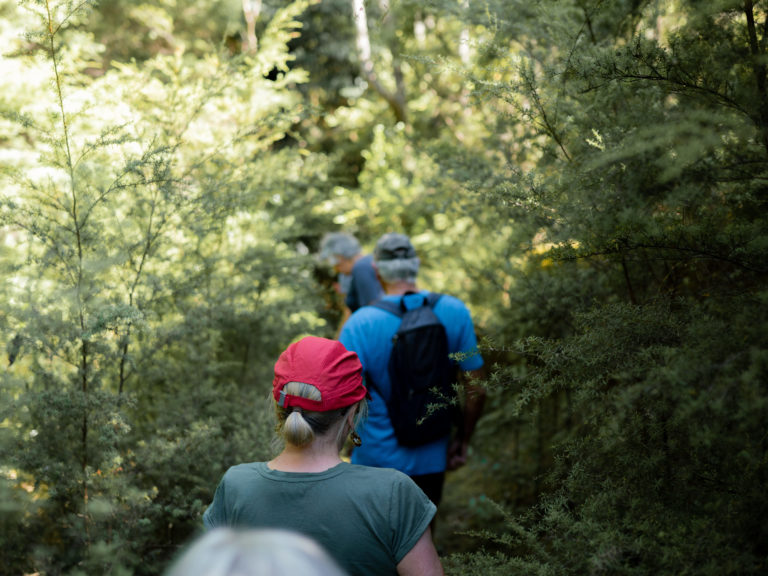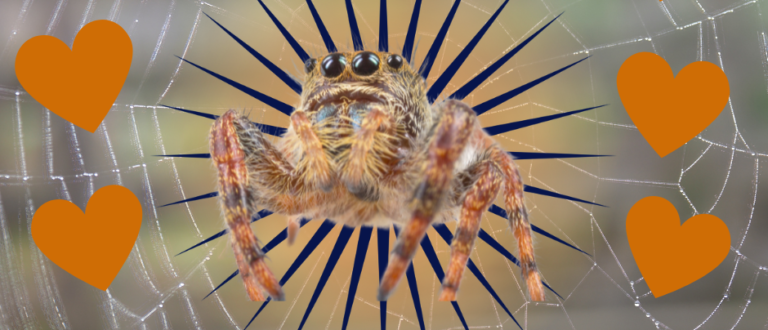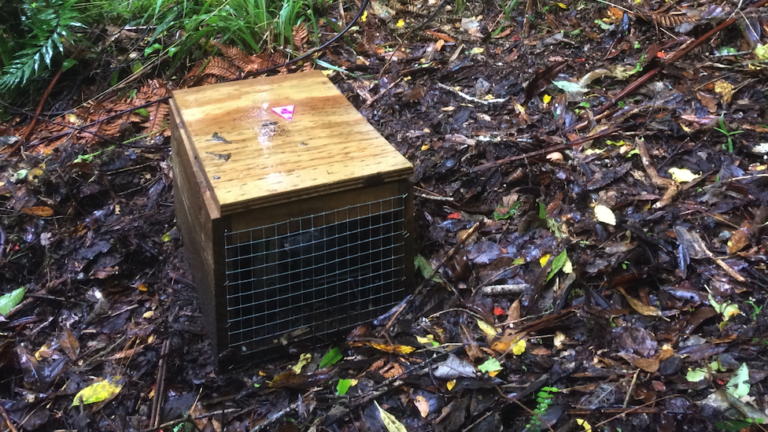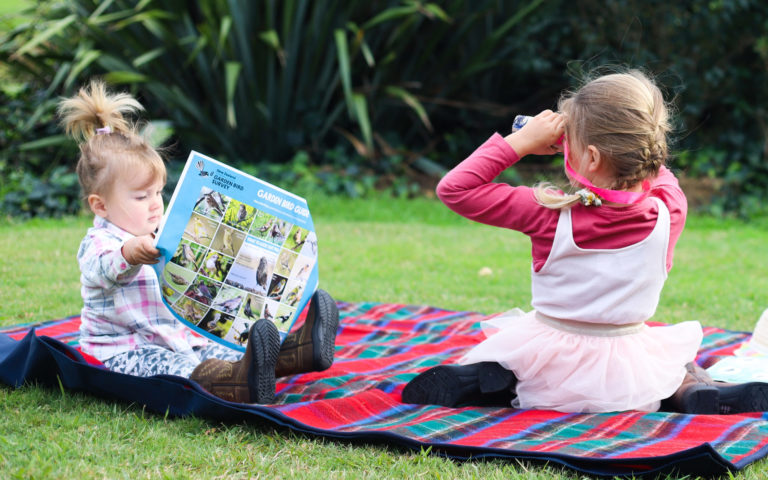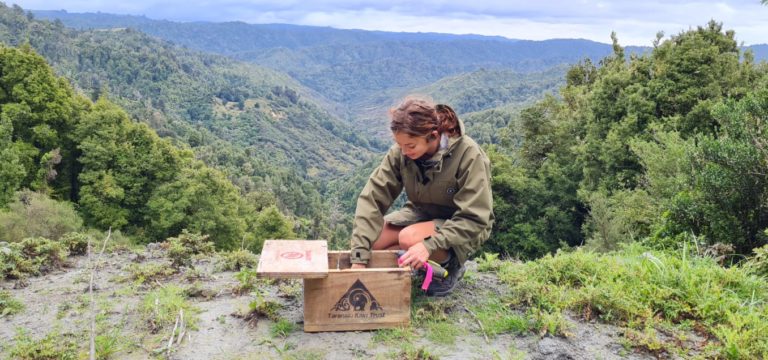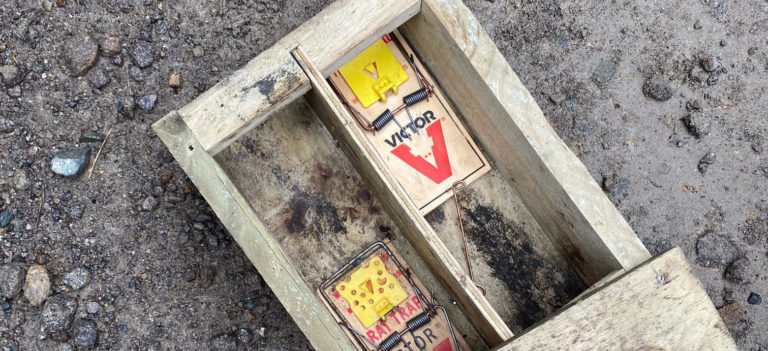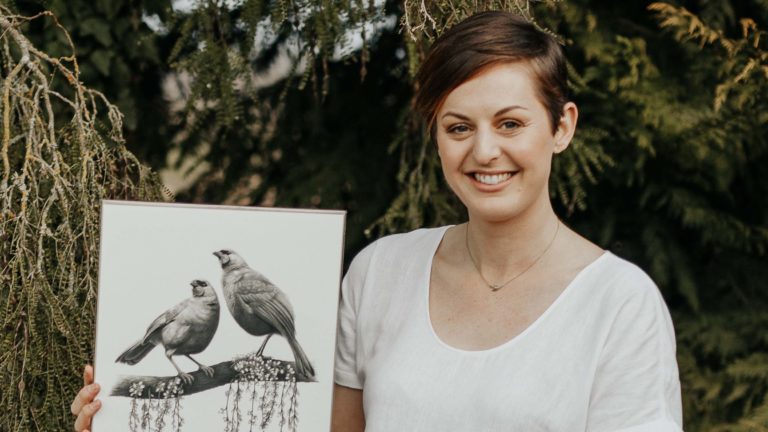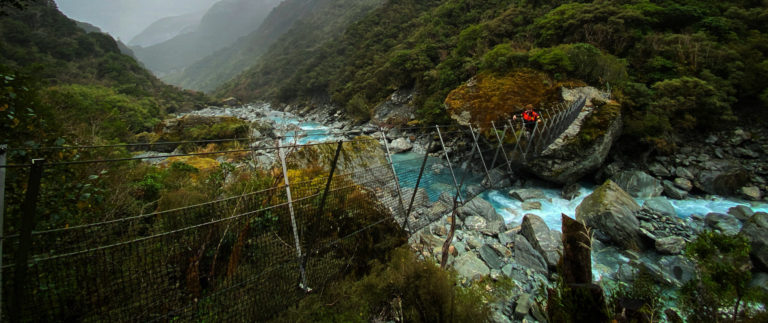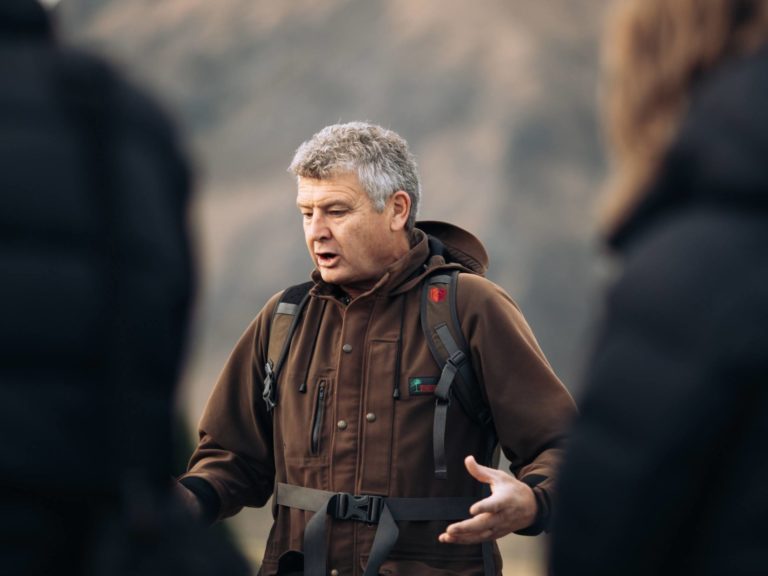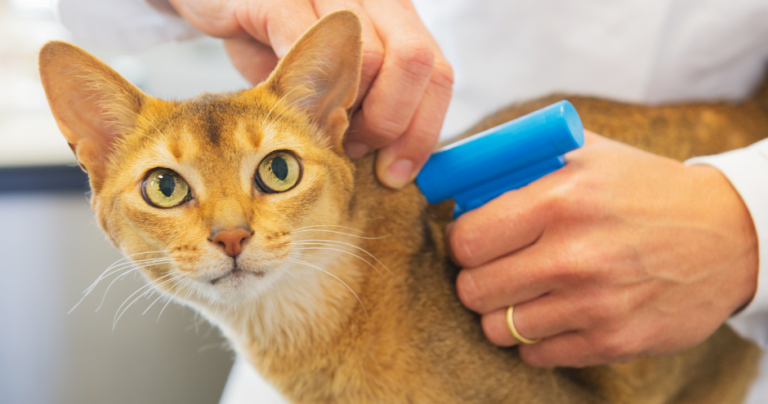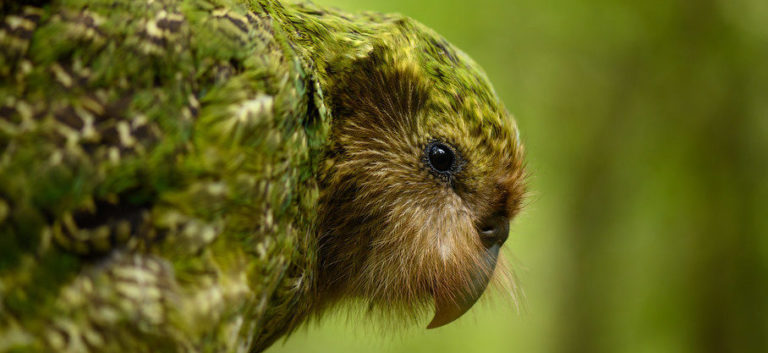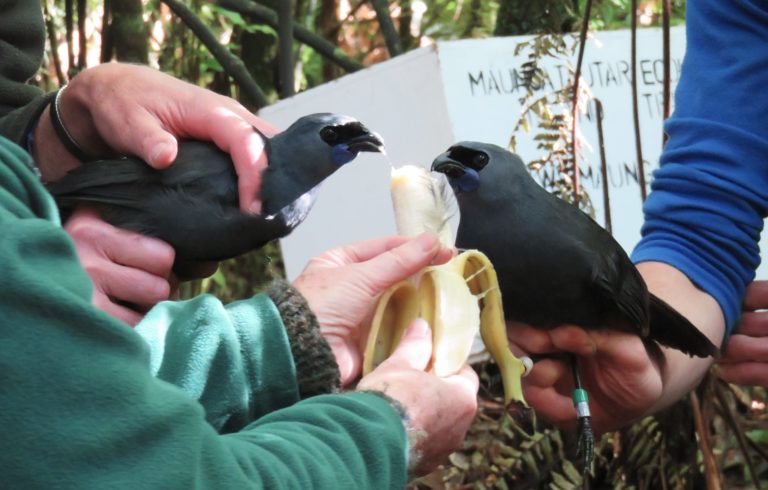A new monthly reminder: the predator control calendar you can’t do without
This annual wall planner is full of useful information to help you tailor your predator control to seasonal changes in the environment and maximise your…
Garden of Holly: from weeds to wild wonderland
When wildlife photographer Holly Neill and her partner moved into their new home on the Kāpiti Coast in late 2020, the garden was choked by…
Highways, not byways: increase traffic to your traps
Why do some traps not get much traffic while it’s rush hour at others? We put the question to predator control specialist Cam Speedy to…
Not creepy, just crawly: spiders are cooler than you think
Spare a little love for spiders. Supposedly scary but mostly misunderstood, these eight-legged creatures are vital to nature. There are more than 2000 species of pūngāwerewere…
Get the most out of your DOC 200 trap
Predator control specialist Cam Speedy knows a thing or two about trapping after 40 years in the business. And like Cam, the DOC 200 has…
No PhD necessary: citizen science could help save birds
The New Zealand Garden Bird Survey is a 9-day nationwide mid-winter event held every year since 2007. Citizen scientists across the country select a day…
Kiwi calling: Predator Free NZ Trust apprentice Māia Gibbs at home on the range
Like many of us, Māia Gibbs grew up never having seen a kiwi in the wild. Now, she gets up close and personal while helping…
Double trouble: Victor double-set trap
To get the most out of your Victor double-set, it’s all about sales and marketing. Based on the success that double-set DOC 200s have, the…
The art of conservation: How artists are helping save our wildlife
When it comes to protecting the native and endemic wildlife of Aotearoa, a pen and a camera are just as vital as traps and bait.…
Giving it a crack: ZIP innovates mainland predator control
We’ve nailed eliminating predators on offshore islands and fenced sanctuaries, but if we’re truly going to “get to zero” we have to crack how to…
Boost your bait station
We asked predator control specialist Cam Speedy what makes a successful bait station. Bait stations are a great tool to add to your predator control…
Funding awarded to bring birds and bugs back to backyards
Restoring native wildlife to urban areas is gaining momentum. Another 13 community groups across the motu (country) will receive a portion of $50,000 to realise…
Cat catastrophe: Managing our feline companions
Part 2 of our series Cat catastrope: Why are we behind Australia in managing cats? Curfews, leash walking, registration, and desexing. These are just some…
Why kākāpō are called kākāpō and other wildlife names
In Aotearoa New Zealand Māori are ‘tangata whenua’ – people of the land. This reflects the importance of te taiao (the environment) to Māori identity,…
Creating corridors for kōkako
The Kaharoa Forest near Rotorua is a kōkako stronghold with a relict (original) population still holding on. Thanks to decades of predator control, bird numbers…

